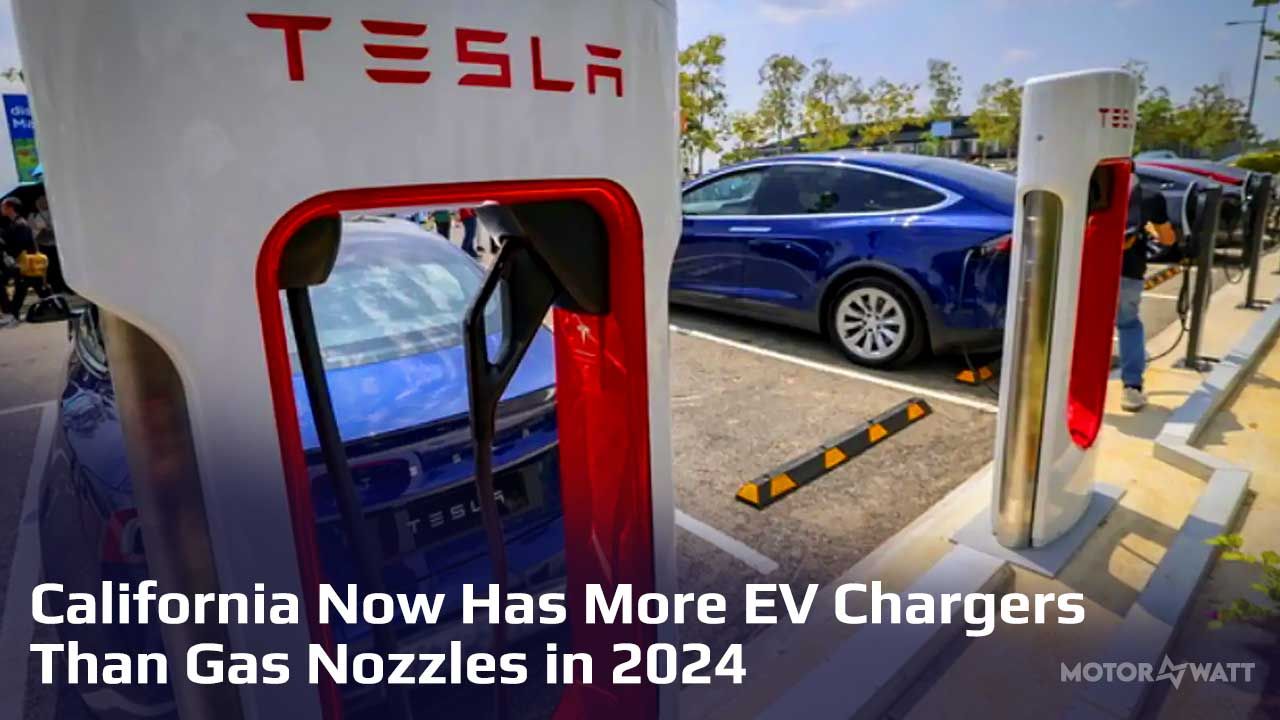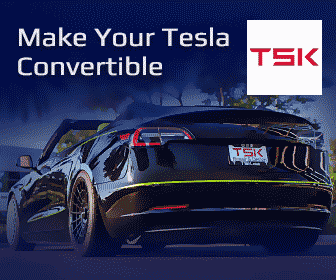California Ev Charger Expansion
Share this article in Social Media:

As of 2024, California has more electric vehicle chargers (178,000) than gasoline nozzles (120,000), marking a 48% lead. This reflects a strategic push to overcome EV range anxiety and support zero-emission goals, making California the benchmark for U.S. EV adoption.
California EV Charging Milestone: More Chargers Than Gas Nozzles
Here’s a number that should make the internal combustion crowd sweat a little: California hit over 178,000 electric vehicle chargers in 2024, officially outnumbering the state’s estimated 120,000 gasoline nozzles by a hefty 48%. It’s a bold flex from the Golden State, setting the tone for where the U.S. is (or isn’t) heading with the electrification of transportation. If you're wondering what this means for everyone else—from city drivers to small-town skeptics—you’re in the right place.
DC Fast Chargers Powering the Shift
California didn’t just toss in a bunch of Level 2s and call it a day. A big chunk of these 178,000 units are DC fast chargers cranking out between 150 and 350 kW. Translation? You can go from zero to 80% in under 30 minutes. That’s your coffee stop, not an overnight stay. Companies like Electrify America, ChargePoint, and of course, Tesla’s Supercharger network, have blitzed the highways and urban hubs with enough juice to keep even the range-anxious calm. And yeah, that includes strategic placements across busy corridors, city centers, and even some more remote pockets.
Public vs Private Chargers: Who’s Leading the Pack?
The growth isn’t just a public-sector triumph. Private investment has been absolutely crucial. Between utilities, startups, and corporate fleets, there’s a growing mesh of chargers that aren’t always flagged on public maps but still play a role in the bigger picture. California has roughly one public charger for every 23 EVs. Compare that to the national average—about one for every 50 EVs—and it’s pretty clear who’s stacking the deck in their favor.
From 89,000 to 178,000 Chargers: Doubling Down Since 2022
Let’s rewind to 2022. Back then, California had around 89,000 EV chargers. Fast forward to 2024, and that number has doubled. What’s driving that kind of growth? It’s part strategic, part political, and part necessity. The state is staring down the 2035 deadline when gas-powered new car sales get the boot. To make that vision stick, the infrastructure has to come first—or at least right behind the marketing brochures for every shiny new EV hitting the lot.
Bipartisan Infrastructure Law and Federal Funding Impact
Money talks, and in this case, federal dollars are talking loud. The 2021 Bipartisan Infrastructure Law channeled billions into EV infrastructure, and California made sure it got a good slice. It’s not just about planting chargers; it’s about building a backbone that supports an electrified lifestyle. And that means placing chargers where they make sense—think multi-unit dwellings, shopping centers, rural town centers—not just Beverly Hills and Silicon Valley.
Range Anxiety? California's Got It Covered
If there’s one phrase that has haunted EV adoption from day one, it’s range anxiety. California’s latest expansion strikes at the heart of that fear. With 178,000 chargers scattered across the state and increasing fast-charging capabilities, most drivers don’t need to sweat it. Whether you’re driving a Tesla Model Y or a Chevy Bolt, there’s a good chance a charging point is within striking distance. Plus, the app-based ecosystem for finding and reserving chargers has come a long way, smoothing over what used to be a logistical mess.
EV Sales Reflect Infrastructure Confidence
And the proof is in the showroom. Battery electric vehicles (BEVs) and plug-in hybrids (PHEVs) made up over 25% of new car sales in California in 2024. Just two years ago, that number was 17%. Infrastructure begets confidence, and confidence sells cars. When people see chargers everywhere, they’re more likely to pull the trigger on an EV purchase. It's not rocket science—just smart planning.
Rural Charging Gaps and Grid Woes
It’s not all sunshine and lithium. Rural California is still grappling with patchy coverage, and grid reliability has taken some hits—especially during wildfire season or summer demand peaks. If you're out in the sticks, you might not see a fast charger for 50 miles. And with the state's $14 billion budget deficit in 2025, questions about how long this momentum can last without federal or private sector backup are becoming louder.
How Other States Compare: Texas, Florida, and the Charger Desert
Let’s take a peek over the fence. Texas has about 24,000 chargers. Florida? Around 18,000. That’s peanuts next to California. And it’s not just a matter of catching up—it’s about catching up fast. While states like Illinois, New York, and Washington are ramping up efforts, large swaths of the South and Midwest remain undercharged. And it’s creating what many drivers on X call “charger deserts”—entire counties with zero infrastructure.
EV Equity: Who Gets Left Behind?
Here’s the dirty little secret of the green transition: not everyone’s riding along at the same pace. Lower-income neighborhoods and rural regions are often last in line for charging stations. That raises real questions about who gets to participate in the EV revolution. It’s a logistical issue and a social one. Charging at home is a no-brainer—if you have a garage. For folks in apartments or shared housing? Not so much. And public investment hasn’t quite solved that riddle yet.
The Biden Administration's 500,000 Charger Goal
The national benchmark set by the Biden administration is 500,000 public chargers by 2030. We’re at around 600,000 total chargers nationwide (including private ones), and California’s hogging nearly a third of that. So unless other states pick up the slack, that 2030 target could turn into a paper promise. The disparity isn’t just about numbers—it’s about access, readiness, and strategy.
Global Comparison: China and Europe Charging Ahead
While California may be leading in the U.S., globally it’s still playing catch-up. China already boasts over 2 million public chargers, and the EU is aiming for 1 million by 2025. That’s a steep hill for the U.S. to climb, especially as global EV leaders like BYD make their way into North American markets with affordable EVs that’ll need places to plug in.
Next-Gen Charging: V2G and Wireless Innovation
California isn’t stopping at just laying more copper in the ground. It’s pushing into next-gen tech like wireless charging pads and vehicle-to-grid (V2G) systems. The idea? Your EV doesn’t just take energy—it gives it back when the grid needs it. Pilot programs are already underway in cities like Los Angeles and San Diego. It’s techy, futuristic, and might just be essential as energy demands spike alongside EV adoption.
Is California a Blueprint or a Unicorn?
So, is California showing the rest of the country how it’s done—or just playing its own game? That depends on who you ask. Advocates call it a model to emulate. Critics say it’s the exception, not the rule. Either way, the state’s charger count—and everything that led to it—is driving a deeper conversation about what a successful EV rollout looks like. Infrastructure isn’t sexy, but in the world of electric cars, it might be the most important piece of the puzzle.










